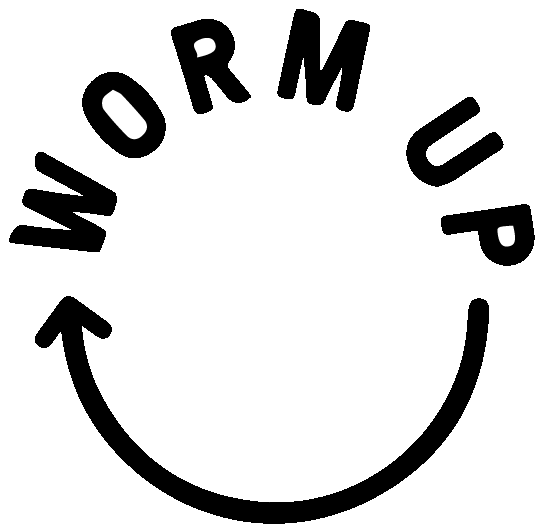Both methods turn organic waste into fertilizer—but there are fundamental differences.
The main difference is in the air. More precisely, in the oxygen and the associated microorganisms, which are crucial for decomposition.
In the bokashi, the conversion of organic waste takes place in the absence of oxygen (anaerobic), the process is called fermentation. Composting, on the other hand, is an aerobic process that requires the presence of oxygen.
Oxygen based processes do not stink. Odor occurs as soon as a process is deprived of oxygen or it is used up. The best example: the green organic waste bin made of plastic. Hardly any oxygen gets to the decomposing materials here, which leads to putrefaction - foul-smelling for us, a place of desire for flies.
However, fermentation in the Bokashi is not a putrefaction process, but a controlled oxygen-free decomposition process with the help of so-called effective microorganisms (EM), which makes sense in certain cases. In the following table we have compared the main differences between the two methods:
bokashi |
WormUp worm composter |
|
|---|---|---|
Suitable for indoors |
Yes |
Yes |
degradation process |
Anaerobic - fermentation (without oxygen) |
Aerobic – composting with oxygen |
Microbial Diversity |
±85 types of microorganisms |
up to 500,000 types of microorganisms |
purchase
|
Bokashi bucket |
worm composter |
| running costs (recurring) |
Effective Microorganisms (EM) |
none |
space requirement |
Low, + outdoor space for earthing |
Small amount |
Recyclable waste |
All kitchen waste including meat and dairy products |
All kitchen waste with the exception of cooking leftovers and meat and dairy products |
operating effort |
Waste crushing, addition of EM mixture, pressing of waste, daily draining of leachate |
Chop up the waste, check on the worms from time to time, keep them moist |
Harvest/
|
Easy Harvest. However, substrate must be buried and neutralized before use. |
Easy to harvest, can be applied directly |
Odor |
Slightly to strongly acidic |
Odorless to earthy |
material |
plastic |
made of clay (WormUp TUBE and HOME), made of metal + untreated wood (WormUp SCALE) |
Both methods allow you to recycle organic waste indoors. An advantage of the Bokashi method is that, in contrast to worm composting, cooking residues as well as meat and dairy products can also be used. No compost worms are used, but there are always unpleasant odors when draining the seepage water. The Bokashi bucket is made of plastic, which is not for everyone. The operational expenditure in terms of time and money is significantly higher than with worm composting and the end product has to be buried outside (or in the composter) and "grounded" for several weeks before it can be used until humus is formed.
In the case of worm composting, on the other hand, there are one-off acquisition costs. The operating costs are low and the vermicompost can be used directly. Vermicomposting is odorless and there are products made from natural materials, such as the WormUp HOME.

